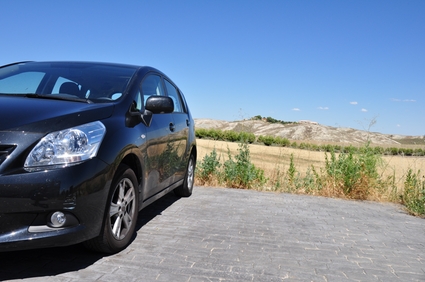You’ve just purchased your dash cam. How can you best make use of your newly-acquired hardware? Here are a few pieces of advice.
Position Your Camera
Any camera must be positioned correctly to be effective. It is no surprise that most dash cameras are not. Every car is unique, and each camera has characteristics that must be taken into account when installing it.
For best results, a dash cam should be positioned in the center of the windshield and as high up as possible. For discretion, installation behind the rear view mirror is another option. Be sure not to angle the view too far upward, as it is unlikely you’ll wish to capture images of the sky in your footage.
Keep your Windshield Clean
It is easy to lose track of how clean your windshield is, particularly as it doesn’t need to be clean to see through when driving. But dash cameras rely on clean glass for good footage, and dirt or other obstructions can significantly impact the quality of the video you shoot.
You’ve just spent a good chunk of change on the camera. If you’d like clean, sharp footage, be ready to spend more time keeping your windshield looking great. Not only will it improve your video, but it will keep your car looking sharp as well.
Tidy Up the Dashboard
Similarly, items on a dashboard can obstruct a camera’s view. Even if an object is out of the camera’s focus, a sudden impact or sharp turn might move it into the frame, causing it to obstruct critical details in what is being filmed.
Get into the habit of not storing things on the dash. Any item on your dashboard should be viewed as a liability, and may accidentally move into the frame at a critical moment.
Don’t Be Over-sensitive
Many dash cams feature shock sensors intended to trigger in case of an accident. This can be a great feature to have, as accurate footage of vehicle positions at the point of impact is useful when filing insurance claims.
If this feature is not correctly calibrated, it may result in inadvertent footage that wastes space on memory cards. If your camera features shock sensors, learn how to calibrate them correctly so they don’t exhaust your storage.
Test, Test and Test Again
All of this advice does no good if your camera fails, or does not capture what is required.
Perform a few basic tests to ensure that your setup works before you need it to. Make sure it captures vehicles and pedestrians in front of your windshield. Ensure that the footage is crisp, and that your memory card is sufficient for the amount of video you expect.
